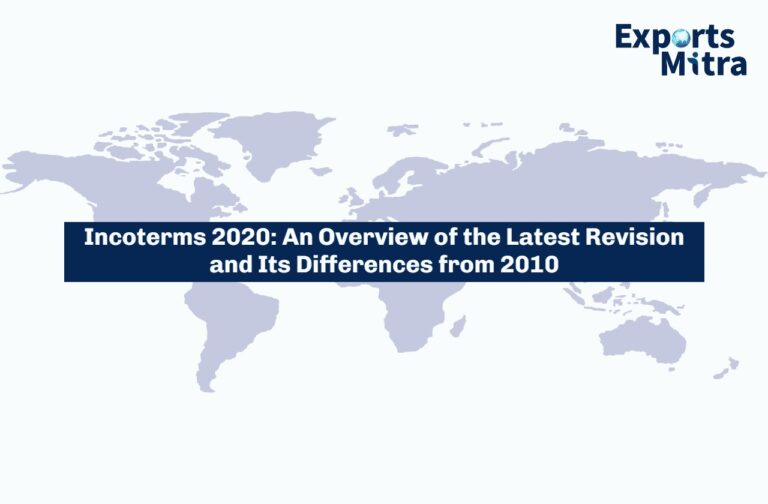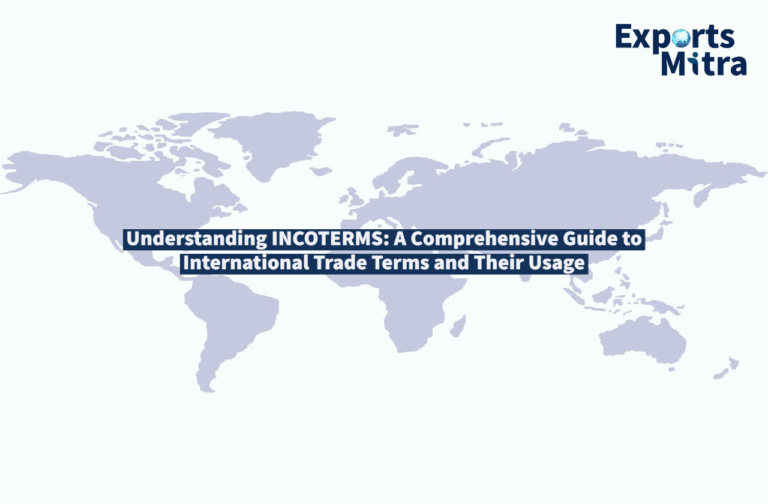Introduction
India’s aspiration to emerge as a leading defence manufacturing and exporting nation is no longer a distant vision—it is now a policy imperative. A recent working paper titled “India’s Defence Equipment Industry: Exploring New Frontiers” by the Export-Import Bank of India (India Exim Bank) presents a timely and insightful analysis into the sector’s global landscape, India’s domestic capabilities, and the policy architecture required to transform the country into a defence export powerhouse.
This comprehensive study blends quantitative insights, global benchmarks, and primary industry data to chart a strategic course for India’s rise in the global defence market.

The Global Defence Landscape: A Race to Modernise
The global defence sector is undergoing a transformation spurred by geopolitical tensions, technological innovation, and increasing national security priorities.
- Military Expenditure: Global military spending hit an all-time high of US$ 2.4 trillion in 2023, with the USA and China accounting for half of it.
- Major Arms Trade: Between 2014 and 2023, major arms exports rose 7.7%, with aircraft (50%) dominating the export mix.
- Top Exporters: The USA (38%) leads, followed by Russia, France, China, and Germany.
- Top Importers: India (9.8%) was the world’s largest arms importer during 2019–2023.
- Aerospace Dominance: The USA and France lead aerospace exports; India’s trade deficit in this space is notable.
- Emerging Tech: AI, robotics, anti-satellite tech, and 3D printing are revolutionising military capabilities. Startups globally are playing a growing role, backed by government support.
India’s Defence Sector: The Twin Goals of Self-Reliance and Export Growth
India has recognised defence manufacturing as a pillar of the Aatmanirbhar Bharat (Self-Reliant India) mission. Several key trends stand out:
- Production Growth: Defence production surged from ₹740.5 billion in FY2017 to ₹1.27 trillion in FY2024, with public sector units contributing 79%.
- Budget Focus: The ₹6.2 trillion defence budget for FY2025 includes ₹1.05 trillion for domestic procurement, showcasing the push for self-reliance.
- Heavy Import Dependence: Despite advances, India remains a net importer, particularly in communication equipment and powered aircraft.
- Aerospace Trade Deficit: India exported US$ 1.9 billion in aerospace equipment in 2023 but imported US$ 10.1 billion.
- FDI Gaps: Despite liberalisation, FDI in defence remains low at US$ 19.9 million since 2000.
Indigenisation: India’s Defence Doctrine Gets a Makeover
India’s policy reforms are designed to reduce import dependence and boost domestic innovation:
Key Initiatives:
- Defence Acquisition Procedure (DAP) 2020: Prioritises procurement from Indian vendors with specific indigenous content norms.
- SRIJAN Portal & Positive Indigenisation Lists (PILs): As of October 2024, over 2,992 items indigenised.
- Defence Industrial Corridors: Set up in Tamil Nadu and Uttar Pradesh to attract private investment.
- Innovation Platforms: iDEX, TDF, and DTIS aim to empower startups and MSMEs in the defence ecosystem.
- DPSUs Lead the Way: HAL, BEL, BDL, and MDL have made significant R&D strides. The Indian Navy’s ‘Swavlamban 2.0’ shows 90% self-reliance in naval platforms.
Strategic Roadmap: How India Can Become a Global Defence Export Leader
To achieve its target of ₹500 billion in defence exports by 2029, India must adopt a multi-pronged strategy:
1. Expanding Defence Export Horizons
India’s first strategic imperative is to broaden its global defence market footprint by engaging more intensively with emerging and strategically aligned nations. Countries such as Nigeria, Kenya, Malaysia, the Philippines, Saudi Arabia, the UAE, Czech Republic, and Slovakia offer promising opportunities for exports of both complete defence systems and component-level products. The approach should be adaptive: advanced economies may prefer high-quality parts and sub-systems, while developing nations could be prospective buyers of entire indigenous platforms—especially in areas where India holds comparative strength, such as naval systems, armoured vehicles, and surveillance technologies. Naval exports, in particular, represent a high-potential segment where India can scale quickly. Strengthening diplomatic defence ties, showcasing products at international expos, and establishing long-term servicing arrangements will be key to securing market trust and building export pipelines.
2. Enabling Greater Export Facilitation
To support and streamline India’s defence exports, the creation of a Defence Export Promotion Council (DEPC) is proposed. This council would function as a centralised coordinating agency, providing exporters with access to market intelligence, regulatory guidance, and promotional support. It can act as a single-window interface for managing SCOMET classifications, licensing procedures, and coordinating export-related communications between stakeholders. Further, the DEPC should assist Indian embassies and defence attachés abroad in promoting indigenous defence products through trade missions, bilateral forums, and strategic partnerships. It can also facilitate smoother interactions between private industry, defence public sector undertakings (DPSUs), and global procurement agencies. Ultimately, this body would become an essential enabler in making Indian defence exports more competitive, responsive, and market-aligned.
3. Bolstering the R&D Ecosystem
The long-term strength of India’s defence industry hinges on its capacity for technological innovation and indigenisation. However, current investment in R&D remains significantly below global norms. While global defence R&D budgets average around 10–15% of overall defence spending, India’s allocation stands at less than 4%. There is an urgent need to increase budgetary support for indigenous R&D, particularly through institutions such as DRDO, and innovation programmes like iDEX and the Technology Development Fund (TDF). Additionally, India must actively promote the development of dual-use technologies in cutting-edge areas such as cybersecurity, artificial intelligence, quantum communication, 6G technologies, robotics, and advanced composite materials. Public-private partnerships, joint ventures with academia, and international collaborations can serve as vehicles to accelerate innovation. Simultaneously, the government must also implement a robust framework to protect intellectual property rights (IPR), especially in the context of Transfer of Technology (ToT) agreements. Clear IPR guidelines will incentivise private R&D investment and promote fair commercialisation of indigenous innovations.
4. Addressing the Financing Needs of the Defence Ecosystem
A recurring challenge faced by Indian defence manufacturers, especially startups and MSMEs, is the lack of tailored financing solutions. Conventional credit models often do not align with the unique risks and requirements of defence production—such as high upfront costs, long gestation periods, trial-based procurement, and restrictive procurement clauses. To bridge this gap, banks and financial institutions need to design defence-specific financial products, including working capital loans, milestone-based disbursements, innovation funding, and performance-linked incentives. Exim Bank of India, as highlighted in the paper, has already made notable progress in supporting several defence-oriented MSMEs, and this model should be scaled. Additionally, large Defence OEMs should be encouraged to extend financial support to their supply chains—through mechanisms such as supplier credit, factoring services, equity partnerships, and revolving credit lines. Such interventions will strengthen vendor ecosystems, encourage quality improvements, and ensure smoother order execution timelines. A vibrant financial architecture tailored to the defence sector is vital for unlocking India’s export potential.
Boosting the Defence R&D Ecosystem
India’s R&D capabilities must be expanded to foster innovation:
- Increase R&D Spend: Defence R&D is just 4% of the total defence budget, while the global average is 10–15%.
- Incentivise Dual-Use Technologies: Encourage public-private partnerships in AI, cybersecurity, advanced materials, and 6G.
- Strengthen IP Protection: Develop clearer IP frameworks for Transfer of Technology (ToT) projects and “Make” category procurements.
Addressing Financing Bottlenecks
Financing remains a critical barrier for defence startups and MSMEs:
- Defence-Specific Financial Products: Banks and institutions (like Exim Bank) must create tailored financial offerings for defence firms.
- OEM-Supplier Credit Ecosystem: Encourage OEMs to support suppliers with credit lines, equity investments, and factoring services.
Conclusion: India’s Defence Moment Has Arrived
India is poised at a pivotal moment. With rising defence budgets, bold policy shifts, and a growing private sector ecosystem, the foundation for a robust defence industry has been laid. However, achieving global competitiveness will require sustained investments in innovation, skill development, financing, and regulatory clarity.
The blueprint laid out by India Exim Bank’s working paper provides a holistic path forward—one where India not only secures itself but becomes a trusted partner in global security.
It’s time for India to not just Make in India—but to Defend the World.
Recommended Read:
India’s Defence Equipment Industry: Exploring New Frontiers – Download the full working paper from Exim Bank of India





